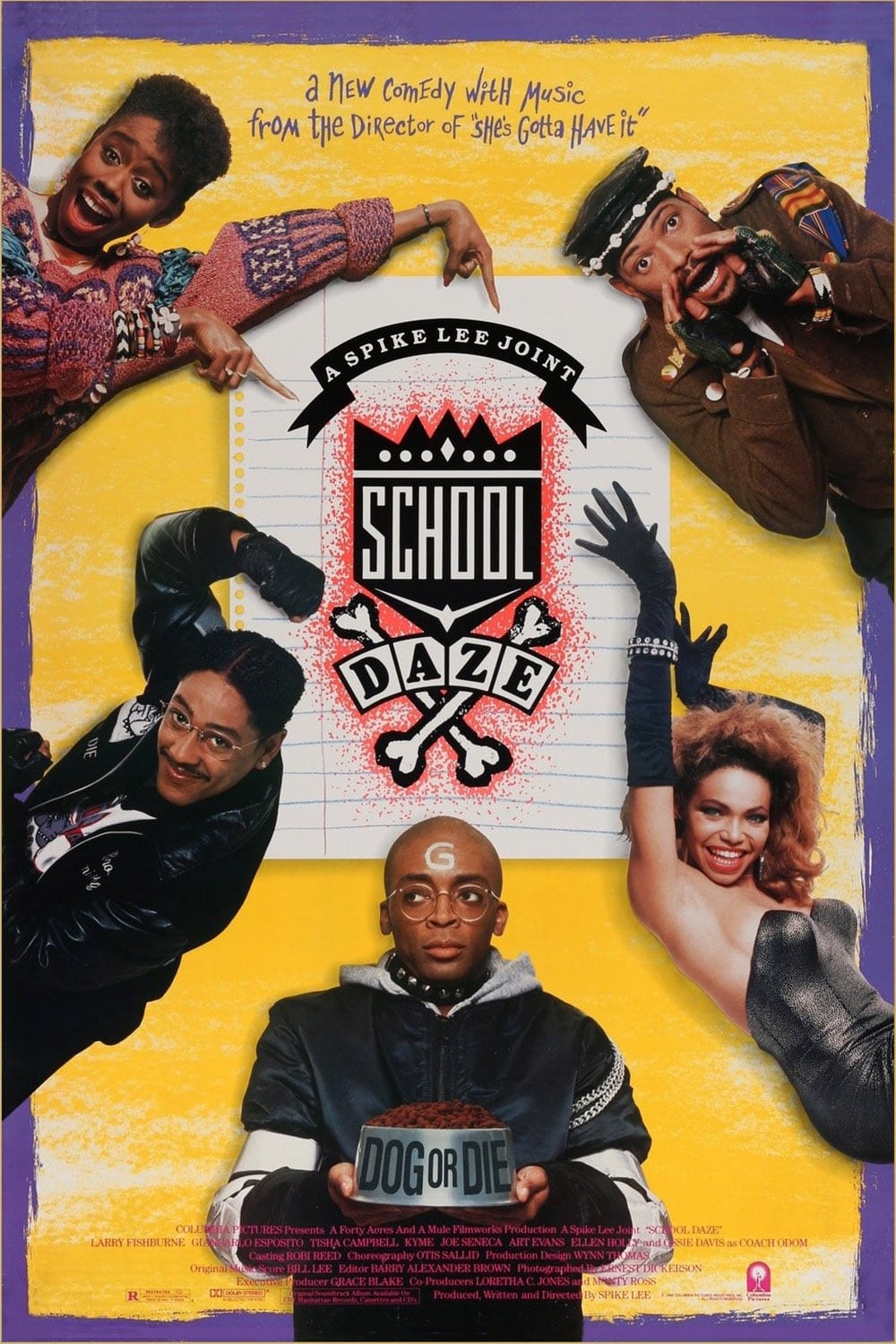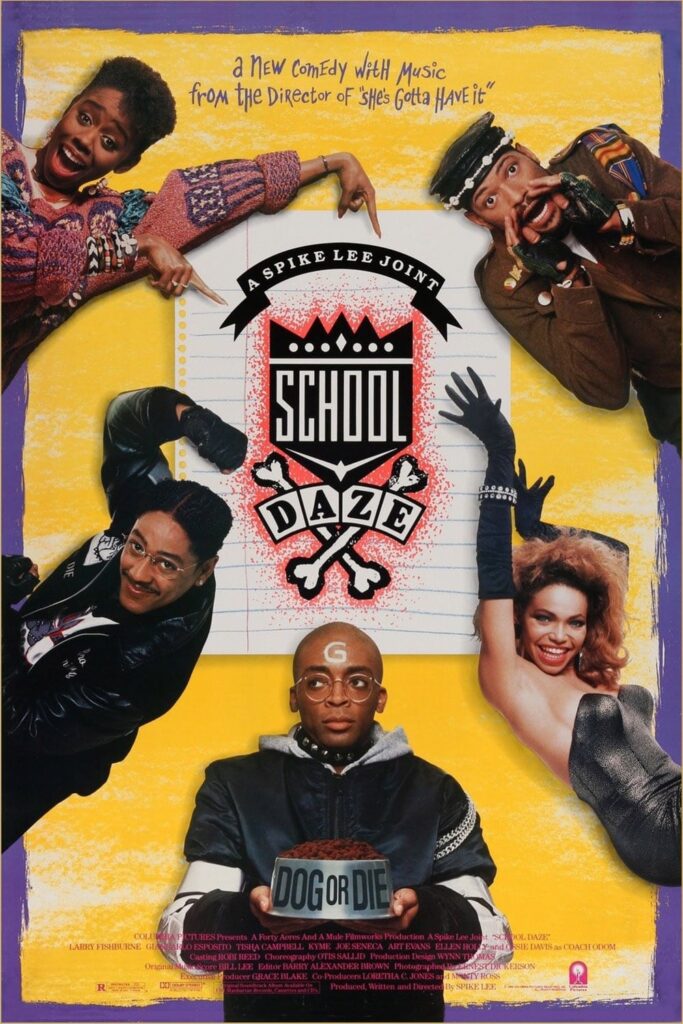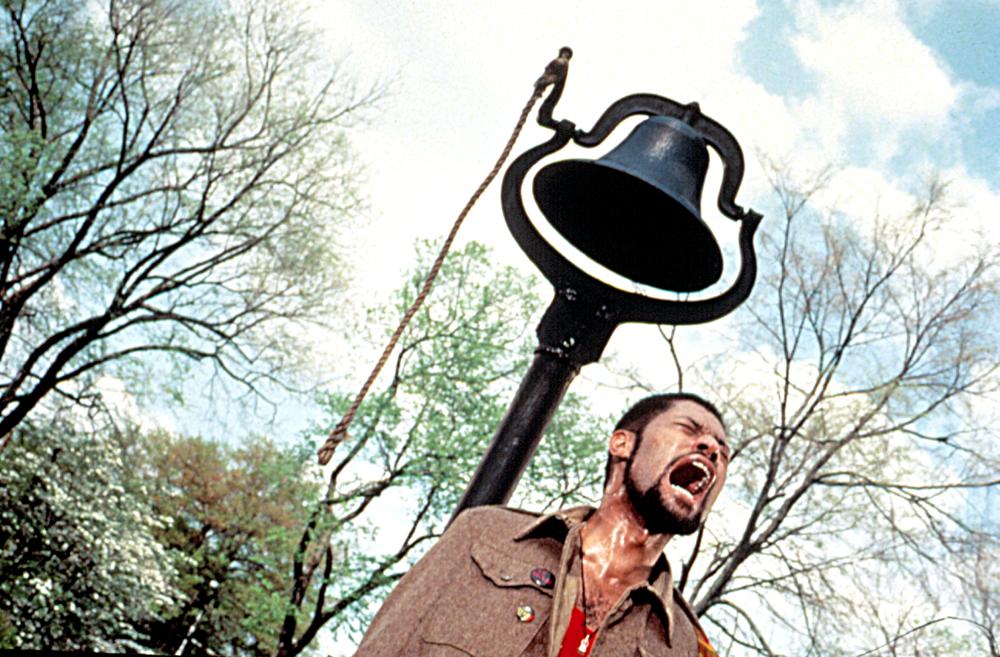
Spike Lee’s “School Daze”: A Vital Piece of Black Cultural History

By DaMarko GianCarlo
In the world of cinema, few directors have had as profound an impact on Black culture as Spike Lee. His filmography is a treasure trove of thought-provoking and socially relevant movies. Among them, “School Daze” stands out as a crucial piece of Black cultural history. Released in 1988, this film is more than just a coming-of-age story; it’s a mirror reflecting the complexities of Black identity, especially in the context of historically Black colleges and universities (HBCUs).
Set on the fictional campus of Mission College, “School Daze” takes viewers on a journey through the intricacies of Black college life. The film explores the divisions that exist among students, particularly between the politically conscious, Afrocentric students and the party-loving, lighter-skinned “Wannabes.” It delves into the socio-political dynamics, issues of identity, and cultural challenges that are as relevant today as they were in the late ’80s.
“School Daze” fearlessly confronts colorism, a deeply ingrained issue within the Black community. The film highlights the divide between dark-skinned and light-skinned individuals and how this division influences perceptions of beauty and social status. This theme remains pertinent, as discussions around colorism continue to shape contemporary Black culture and discussions of self-worth.

One of the film’s standout features is its use of music and dance. Spike Lee brings vibrant and lively musical sequences to the screen, such as the memorable “Da Butt” dance sequence. These moments capture the essence of HBCU culture, where music, dance, and step routines serve as essential means of self-expression and cultural pride. The energy and celebration depicted in “School Daze” underscore the importance of music in Black culture and the empowerment that it can bring.
Through the character of Dap, played by Laurence Fishburne, “School Daze” encourages viewers to confront the complexities of activism and identity. Dap’s passionate activism stands in stark contrast to the apathy of some of his peers. This internal struggle reflects the broader conversations about the role of activism within the Black community, and the tension between personal ambition and collective responsibility.
“School Daze” is a timeless film that continues to resonate with audiences. Its portrayal of Black college life, the struggle for identity, and the power of unity in the face of division has left an indelible mark on Black culture. The film served as a precursor to the many discussions and movements that would follow regarding Black identity, representation, and the need for unity within the community.

As a director, Spike Lee has never shied away from tackling complex and sometimes uncomfortable subjects. “School Daze” is a testament to his commitment to exploring the multifaceted aspects of Black culture and history. It remains an essential piece of Black cinema and an important point of reference for ongoing conversations about identity, colorism, and unity within the Black community. Spike Lee’s “School Daze” is not just a movie; it’s a cultural touchstone and a reminder of the enduring power of storytelling in film.







